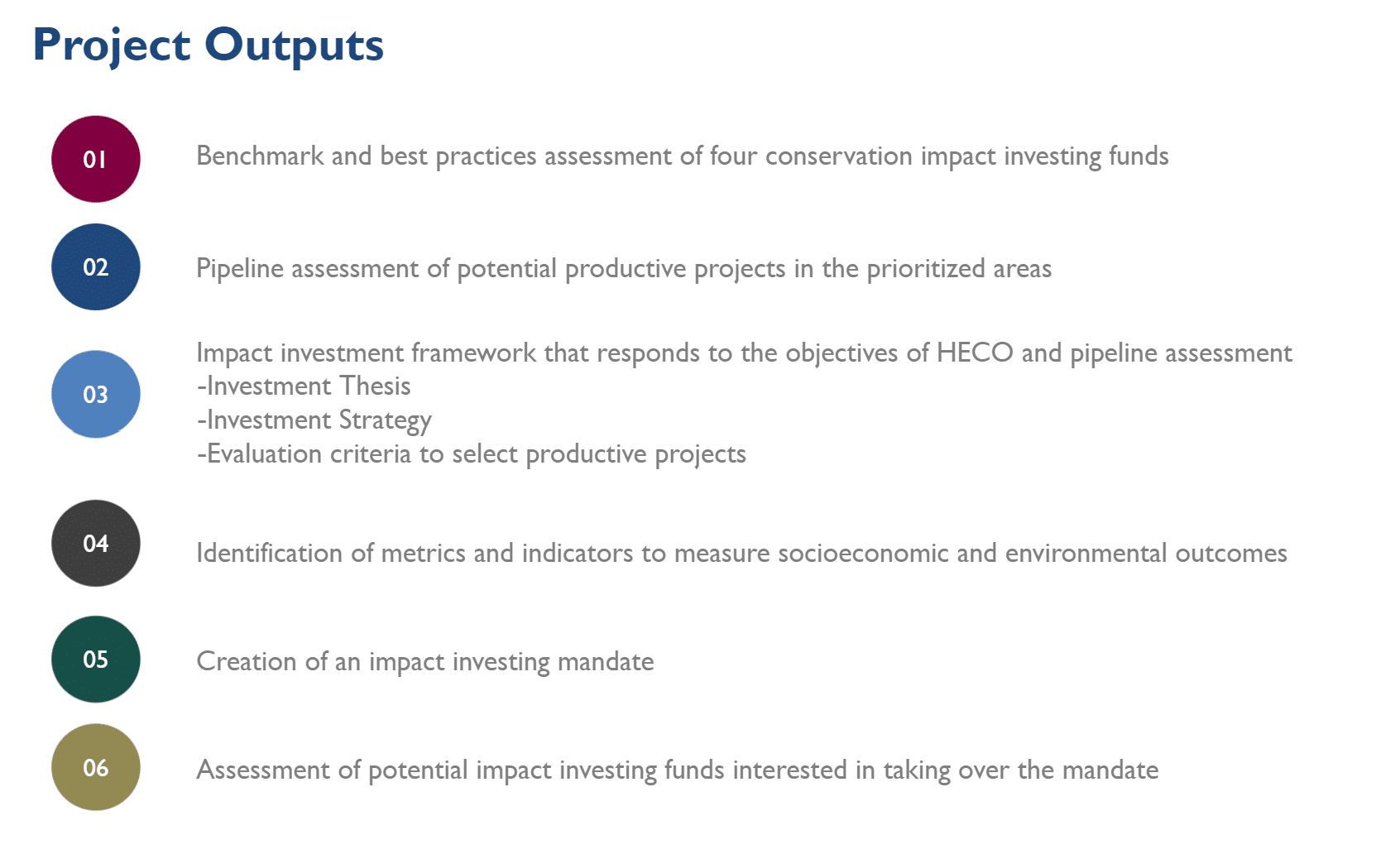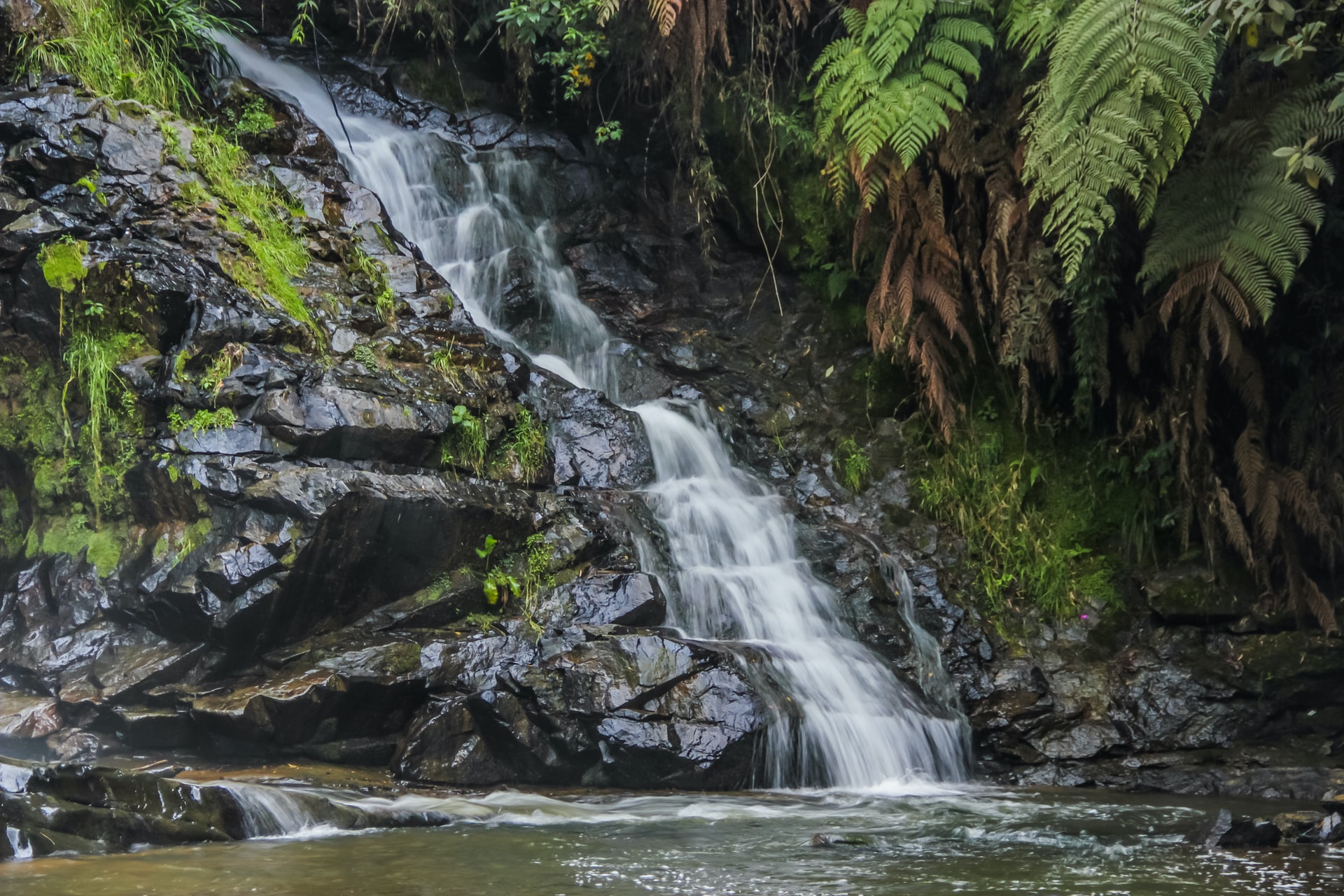
Herencia Colombia’s Project Finance for Permanence (PFP) was established to guarantee financial sustainability for protected ecosystems. However, the conservation of national natural capital is challenging due to external pressures. Specifically, ecosystems are threatened by unsustainable external practices such as deforestation and illegal mining held by communities in the buffer zones near protected areas. Instiglio worked with World Wildlife Fund Colombia and the Wildlife Conservation Society to define a strategy to financially support productive and sustainable activities within the buffer zones and alleviate such pressure. Specifically, the project focused on assessing the value-add and viability of an impact investment fund with environmental and social criteria.
Country
Colombia
Timeline
2019-2020
Type of Project
Strategy
Sector
Environmental protection
Project
Partners
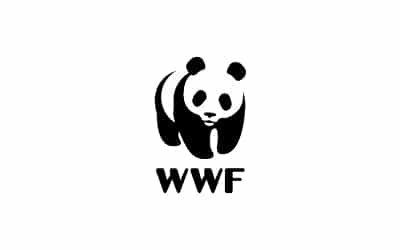

project description
Herencia Colombia’s Project Finance for Permanence (PFP) was established as a model agreed on by the public and private stakeholders to guarantee perpetual financial sustainability for protected ecosystems. However, national natural capital conservation is challenging due to external threats to biodiversity and institutional weaknesses. These pressures are often related to traditional and unsustainable behaviors such as deforestation and illegal mining held by communities in the buffer zones near protected areas, enhanced by weak governance structures in these territories. While HECO receives funds to safeguard the sustainable use of resources within National Parks, few resources are available for addressing the buffer areas’ pressure.
In response, the World Wildlife Fund (WWF) and the Wildlife Conservation Society (WCS), as partners of the HECO program, contracted Instiglio to collectively build a strategy to boost the conservation impact investing ecosystem. Such a strategy mobilize private capital into innovative and impact-driven businesses located in the buffer areas and, therefore, promote behavioral changes on different actors and communities towards the conservation and sustainable management of nature.
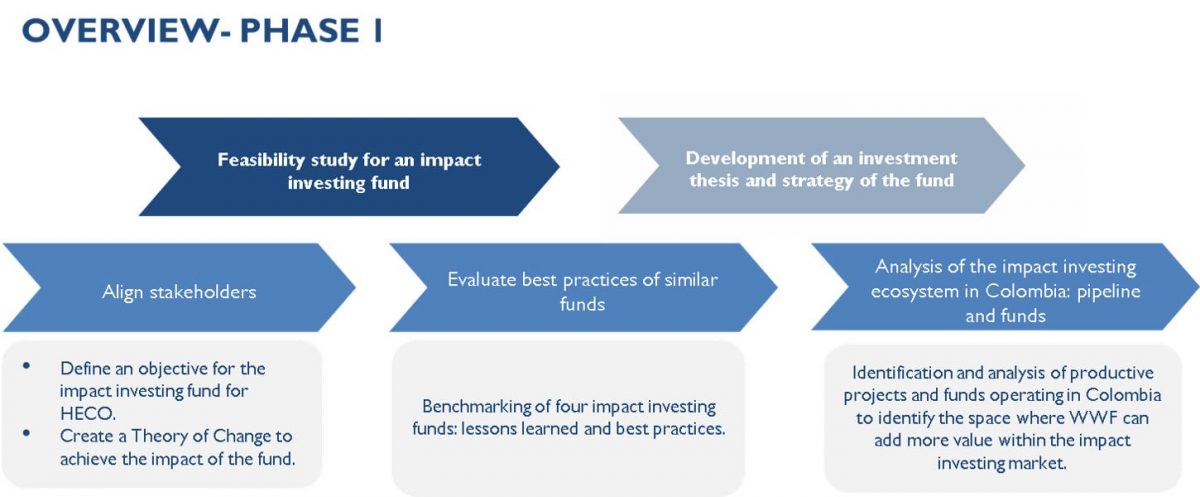
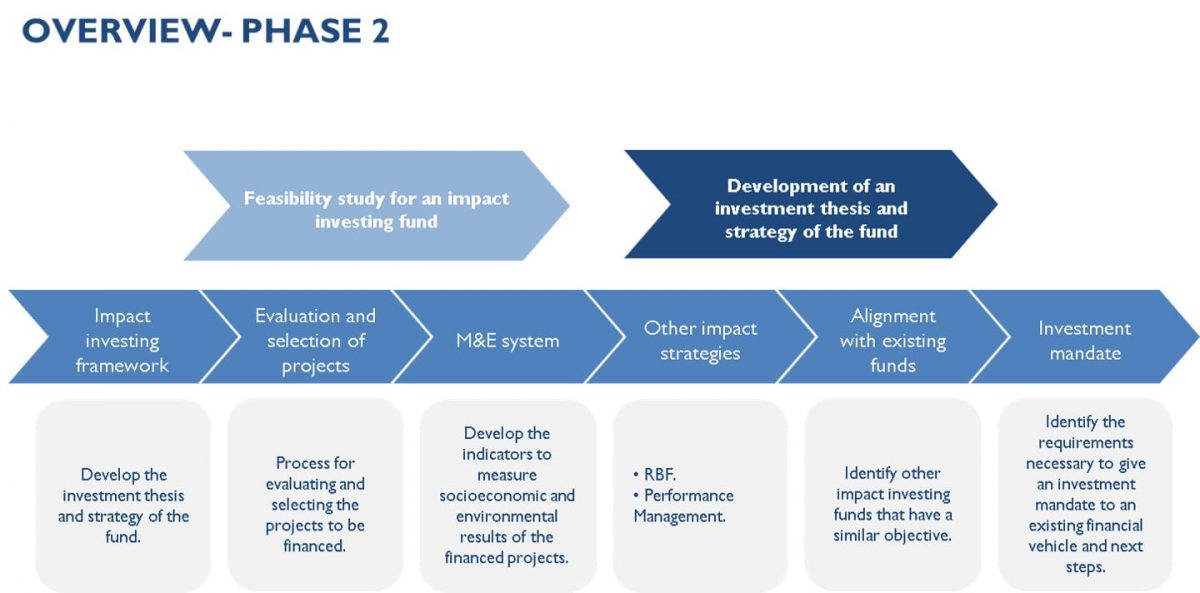
To find the right strategy that drives private investments into Herencia Colombia’s goals, Instiglio did an assessment focused on developing an investment framework that responds to lessons learned and best practices of funds that operate across different regions of the world. The assessment measured the readiness of a pipeline of profitable projects that generate social and environmental results and the market for impact investing in Colombia.
Moreover, the consultancy focused on gathering and developing key elements to send signals to the market of concrete impact investing opportunities. Specifically, the consultancy provided a framework for any impact investor that partners with WWF to select the initiatives to finance and what investment tools to use. Instiglio also delivered a set of additional strategies, such as a pool of indicators to create an M & M&E system that supports the management of the investment strategy.
Instiglio also gave recommendations around what role organizations such as WWF and WCS could take to support these investments and boost the generation and implementation of the impact investment fund.
The future implementation of these impact investing frameworks can drive philanthropic and private investors into the generation of significant socioeconomic impact in Colombia’s rural and poor areas. At the same time, this project seeks to tackle the significant pressures that threaten biodiversity and natural capital in protected areas, which is one of the most critical assets for developing the country.
Hence, it has the potential to close the financing gap for social and environmental entrepreneurship and generate more impact-driven and financially sustainable opportunities for vulnerable communities surrounding protected areas.
